When it comes to tiny house plumbing, there are a few key things to keep in mind.
From choosing the right fixtures and materials to understanding how everything connects, plumbing is a crucial aspect of tiny house living that can greatly impact your day-to-day comfort and convenience.
The Tiny House Movement
Many people are making the decision to live off grid and building their own tiny house. This tiny house movement has been gaining popularity as a way to reduce living costs, minimize environmental impact, and simplify one’s lifestyle.
Most tiny houses provide more efficient homes, requiring less electricity and water than traditional homes. However, with limited space comes some challenges when it comes to plumbing.
The Importance of Proper Plumbing
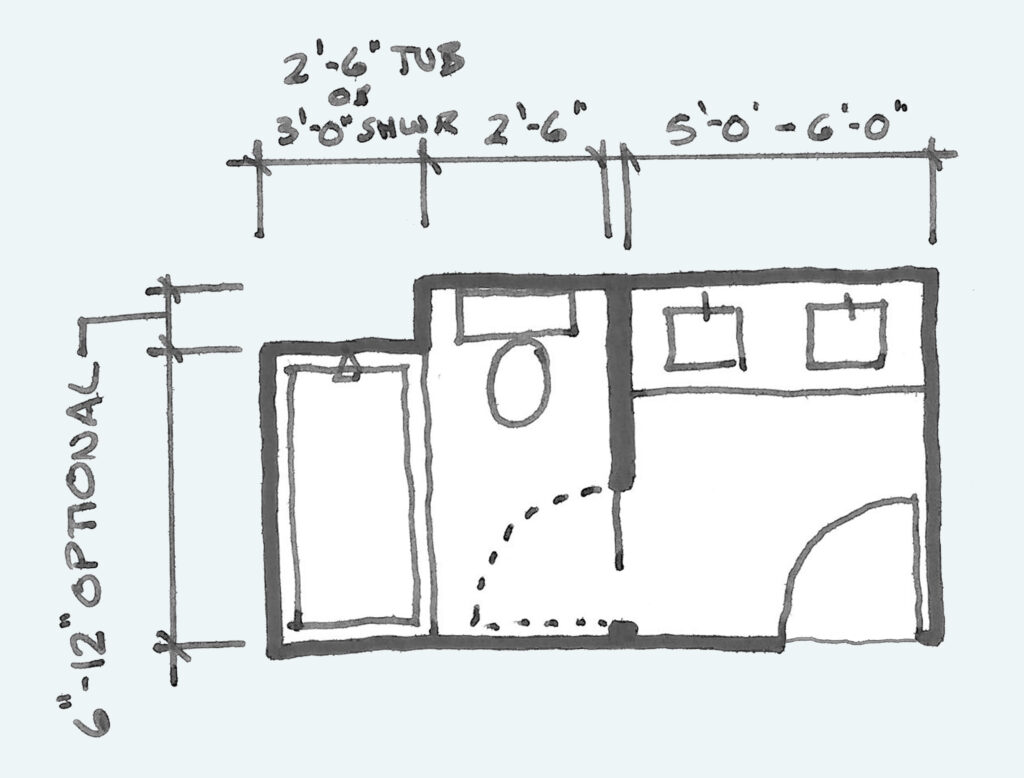
In order to make tiny house living comfortable and sustainable, proper plumbing is essential.
It ensures the efficient use of water and prevents any potential health hazards from arising in your home. Furthermore, well-planned plumbing can also save time and money in the long run.
Tiny Houses and the Plumbing System
Tiny houses are typically defined as homes that are less than 400 square feet in size.
Given their compact nature, every inch of space is valuable and must be utilized effectively.
This presents a unique challenge when it comes to plumbing since traditional plumbing systems can take up a significant amount of space.
As such, many tiny house owners opt for alternative plumbing options that save space and reduce costs.
Tiny House Plumbing Options
Depending how off grid your tiny house is will determine your tiny house plumbing options. Here are some tiny house options to consider if you are downsizing to a tiny home.
- Composting Toilets
- Greywater Systems
- Tankless Water Heaters
Composting Toilet
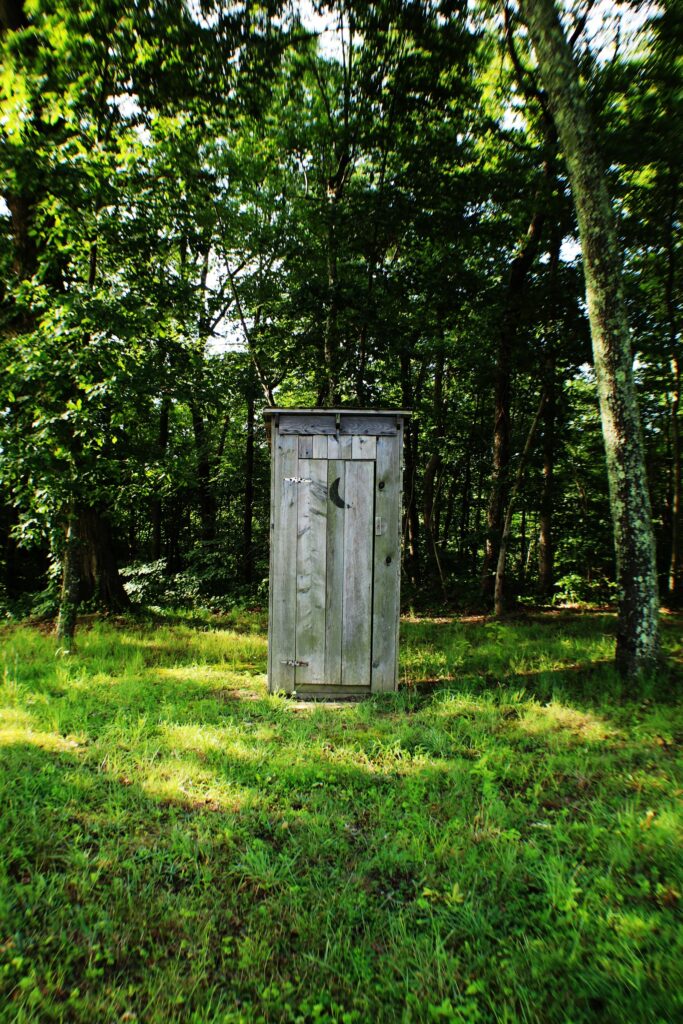
One popular option for tiny house plumbing is the use of a composting toilet.
These toilets do not require any water and utilize a natural process to break down waste into compost.
A composting toilet can be built into the design of a tiny house, saving space and eliminating the need for a traditional sewer line system.
This eliminates the need for a traditional toilet, saving both space and money.
However, it may take some time to get used to using one.
Greywater Tank
Another option is using a greywater system, which collects wastewater from sinks, showers, and laundry and repurposes it for tasks like watering plants or flushing toilets.
This reduces water consumption and can also save space by eliminating the need for a separate greywater drain line.
This can be a cost-effective and environmentally-friendly option for tiny house plumbing.
Tankless Water Heaters
Traditional water heaters can take up a significant amount of space in a tiny house.
A tankless hot water heater, on the other hand, is much smaller and only heats water when it is needed.
This saves both space and energy, making it an ideal choice for tiny house living.
Choosing the Right Fixtures and Materials
In addition to choosing alternative plumbing options, it’s also important to carefully consider the fixtures and materials used in a tiny house plumbing system.
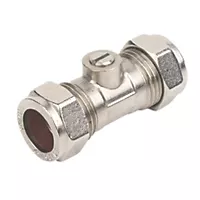
For example, opting for smaller fixtures like compact sinks and low-flow toilets can help save space and conserve water.
Using PEX tubing instead of traditional copper pipes is also a popular choice for tiny houses, as it is more flexible and easier to install in tight spaces.
Additionally, using eco-friendly and sustainable materials can further improve the overall sustainability of a tiny house plumbing system.
Understanding How Everything Connects
One of the biggest challenges with tiny house plumbing is understanding how all the different components connect.
As space is limited and there may not be room for large pipes or connections, it’s important to carefully plan out the layout and connections of the plumbing system to ensure everything fits and functions properly.
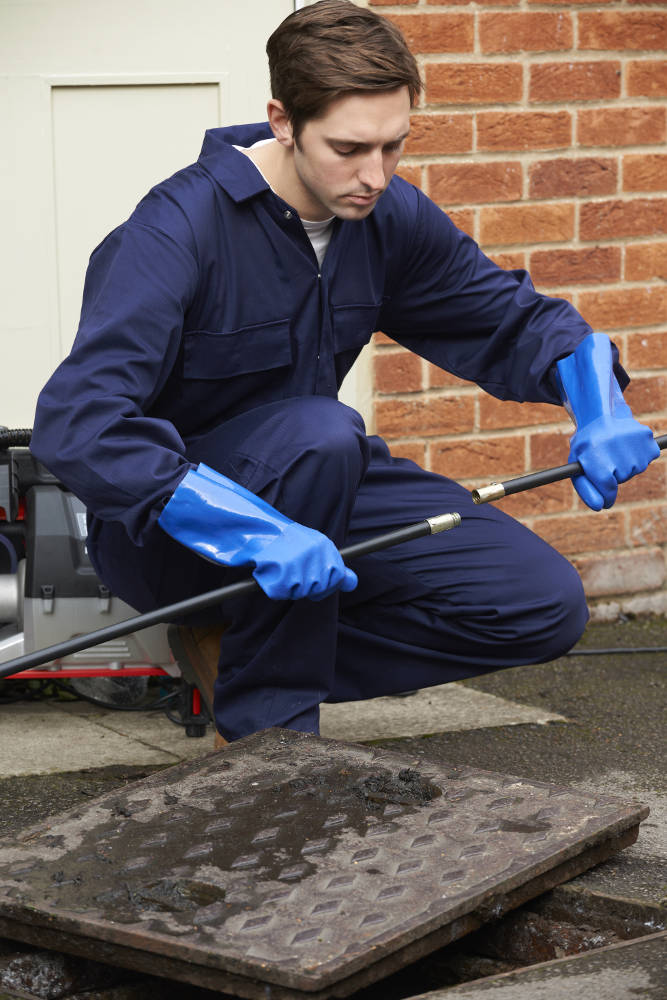
It may also be helpful to consult with a professional plumber or do thorough research before tackling the plumbing in a tiny house.
Drain Lines and Ventilation
Proper ventilation is crucial for any plumbing system, and this is especially true in tiny houses.
Since there may not be much space for traditional vent pipes, it’s important to consider alternative options like air admittance valves or inline vents.
These can help maintain proper pressure in the drainage system without taking up too much space.
Septic System Considerations
If your tiny house is completely off-grid, you may need to consider installing a septic system for waste disposal (Blackwater).
Due to the limited space available, it’s important to carefully plan and consult with a professional when determining the best location for the septic tank and drain field.
Water Supply Options
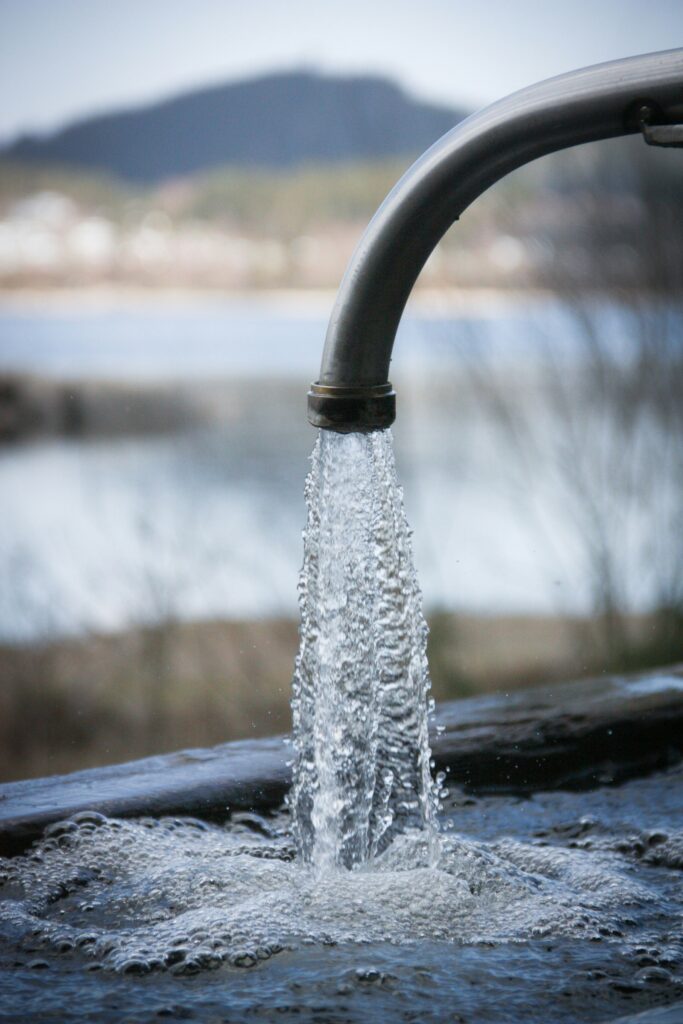
In addition to waste disposal, tiny house owners must also consider their water supply.
Depending on the location of the tiny house, options may include connecting to a municipal water source, drilling a well, or collecting rainwater.
Again, it’s important to carefully research and plan for the best option based on individual needs and circumstances.
Hot water heaters and water filtration systems must also be considered when planning a tiny house water supply.
Tiny House Toilet set-up
In a tiny house design, it’s important to consider the placement and setup of the toilet.
Factors such as privacy, accessibility, and functionality should be taken into account when deciding on the location and type of toilet for a tiny house.
Plumbing in a toilet you will need to consider the plumbing layout and connection points, as well as any potential challenges or limitations.
Bathroom Sink set-up
Similar to the toilet, the bathroom sink in a tiny house should also be carefully planned out for optimal functionality and space-saving.
Options may include wall-mounted or fold-down sinks, as well as creative solutions like using repurposed materials for a unique look.
Shower Drain set-up
When it comes to the shower in a tiny house, choosing a compact and efficient drain is crucial.
Options may include linear drains or corner drains, depending on the layout of the bathroom and shower.
Tiny House Bathroom
In a tiny house, the bathroom usually consists of a shower, sink, and toilet in one compact space.
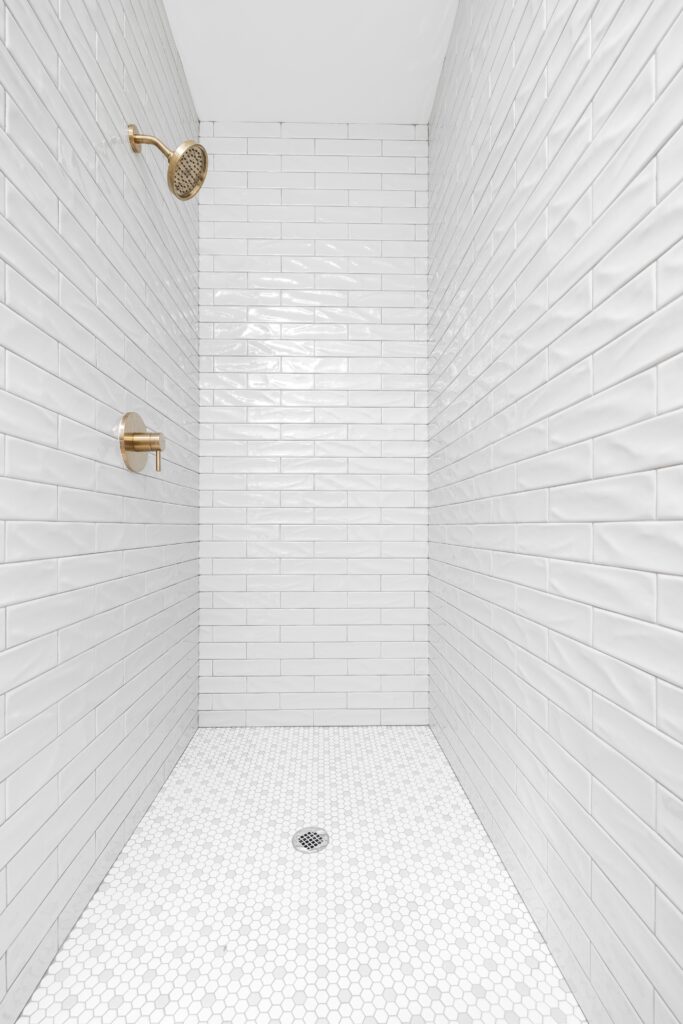
To maximize space, many tiny houses opt for a wet bath design where the entire bathroom serves as the shower.
This means that the floor is waterproofed and there is no separate shower enclosure.
Some tiny houses may also have an outdoor shower for added convenience and to save space inside the house.
The size of a normal bathroom in a tiny house is usually smaller than standard bathrooms, but it is still fully functional and efficient for everyday use.
With careful planning and consideration, a tiny house bathroom can be both practical and aesthetically pleasing.
Kitchen Sink set-up
The kitchen sink in a tiny house should also be chosen and positioned with space and functionality in mind.
Options may include smaller sinks, compact dishwashers, or using a countertop basin for washing dishes.
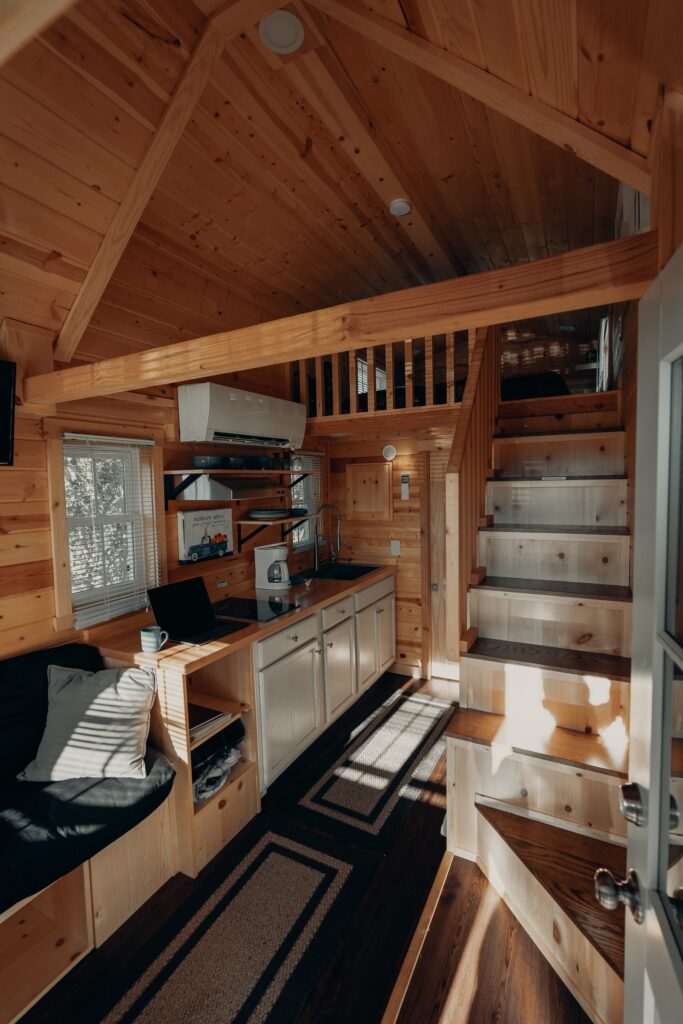
Tiny House Kitchen
In a tiny house, the kitchen is often the heart of the home.
To save space, many tiny houses opt for multipurpose kitchen tools and appliances, such as a combination stove-top and oven or a compact refrigerator.
Storage solutions are also important in a tiny house kitchen, with options such as overhead shelves and pull-out cabinets to maximize vertical spaces.
The Importance of Proper Maintenance
Tiny house plumbing work requires careful planning and installation, but it’s also important to maintain the system properly to avoid any issues down the road.
This includes regular cleaning and maintenance of all plumbing fixtures, as well as being mindful of water usage habits.
Additionally, monitoring for any leaks or potential problems can help catch and address them early on before they become major issues.
Tiny House Plumbing Costs
The cost of plumbing in a tiny house can vary greatly depending on the design, location, and materials chosen.
However, compared to traditional homes, the smaller size of a tiny house can often lead to cost savings.
Additionally, choosing alternative plumbing options and using eco-friendly materials may also help reduce long-term costs.
Overall, carefully considering all aspects of tiny house plumbing can lead to a functional and sustainable system that fits within the limited space available.
Other Plumbing Considerations
In addition to the plumbing components mentioned above, there are also other factors to consider when planning a tiny house plumbing system.
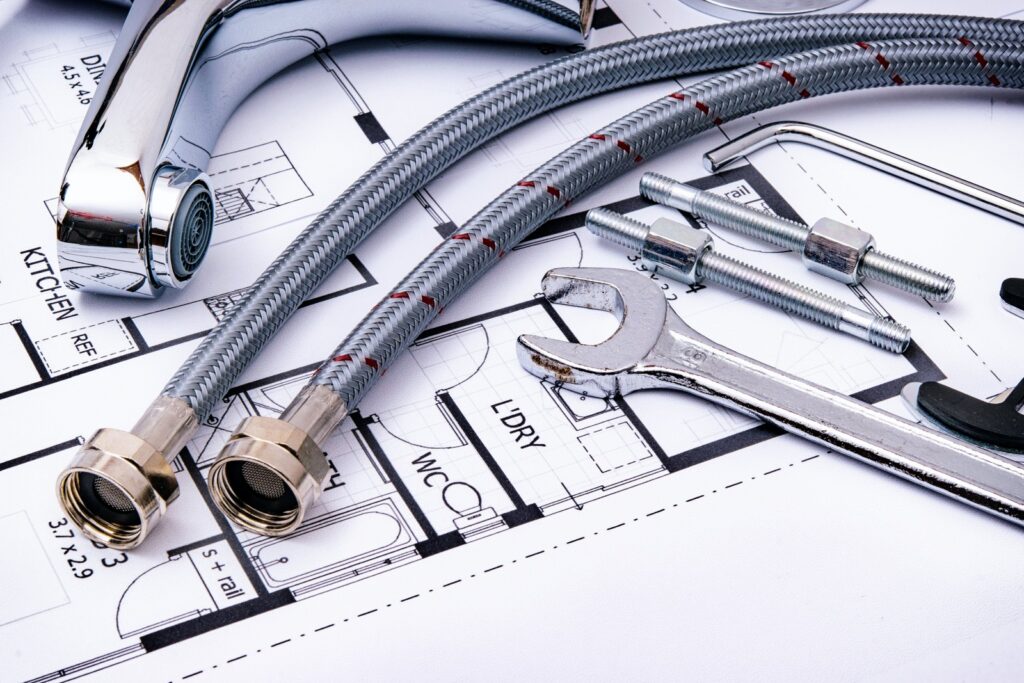
Washing Machines: If a tiny house has the space and option for a washing machine, it’s important to have proper drainage and connection points for the water supply.
Heating Systems: In colder climates, a heating system may be necessary. This should also be considered in relation to plumbing, as pipes may need to run through walls or under floors.
Winterizing: For those who plan on living in their tiny house during the winter months, it’s important to properly winterize the plumbing system to prevent frozen pipes and other issues.
Tiny House UK Regulations
When it comes to plumbing in a tiny house, different countries may have varying regulations and codes.
In the UK, there are no specific regulations for plumbing in a tiny house, but it must still adhere to general building regulations and follow health and safety guidelines.
Consulting with a professional plumber or local authorities can help ensure that all necessary regulations are met.
Conclusion
In conclusion, plumbing in a tiny house may seem like a daunting task, but with careful planning and consideration, it can be done successfully.
By choosing alternative options, carefully planning the layout and connections, and maintaining the system properly, tiny house owners can have a functional and sustainable plumbing system that fits their unique lifestyle.
It’s important to also consult with professionals and do thorough research to ensure the best decisions are made for each individual situation.
With the right fixtures, materials, and maintenance, tiny house plumbing can be both efficient and environmentally friendly.
So whether you’re building your own tiny house or simply looking to downsize, remember that even in a small space, there are still plenty of options for sustainable and functional plumbing systems.
